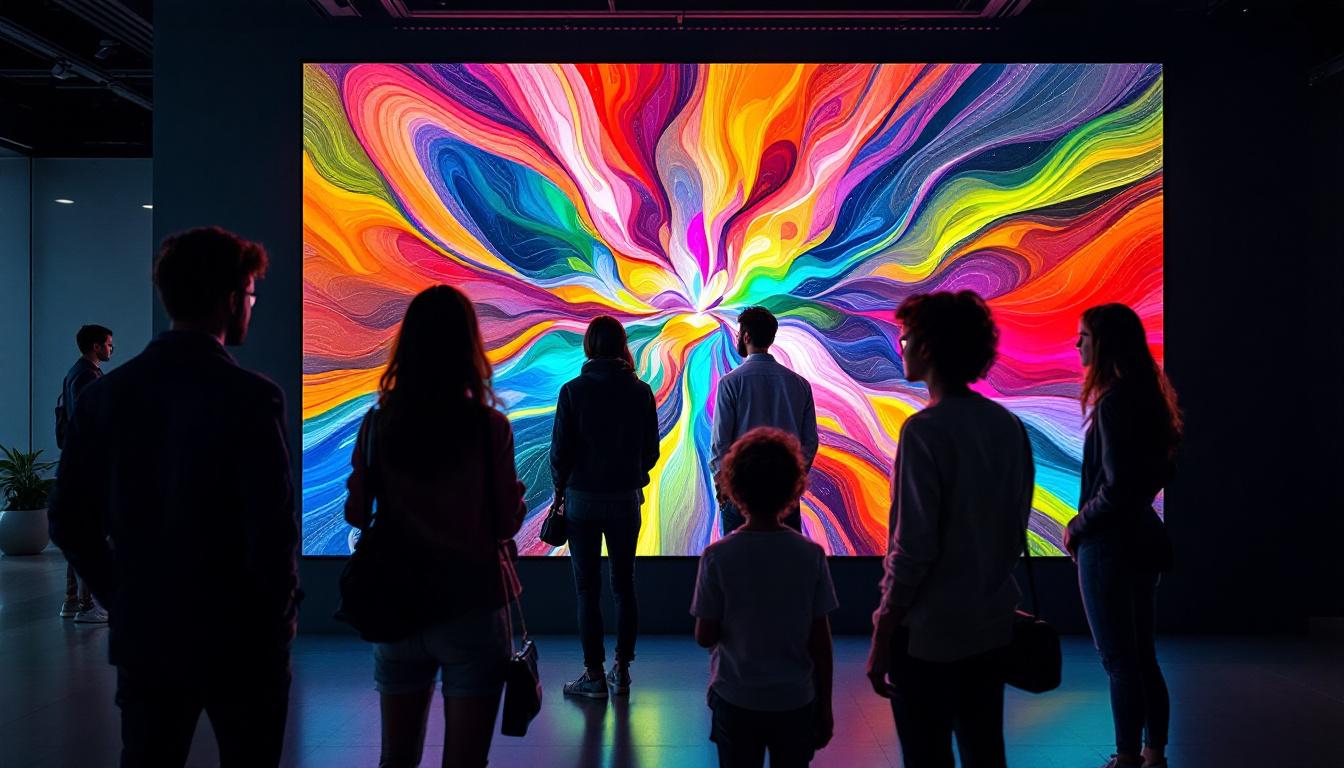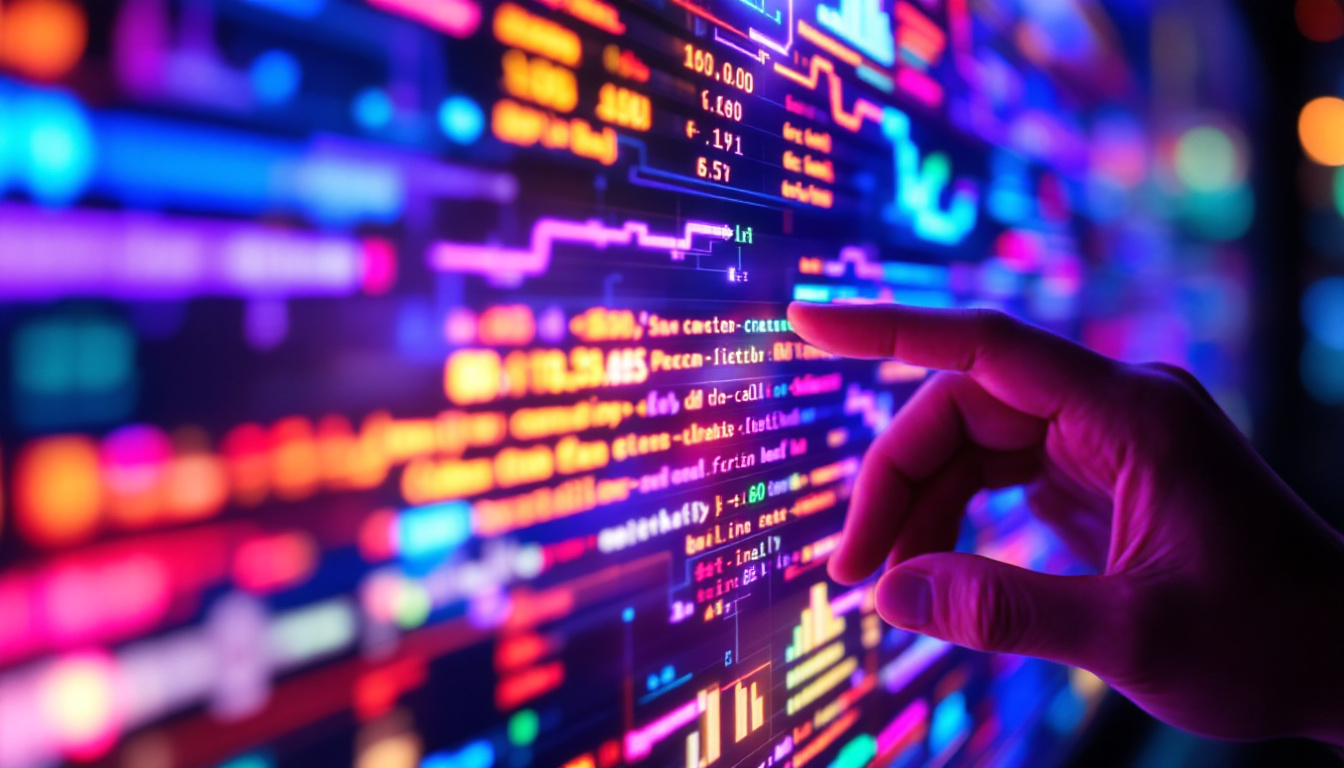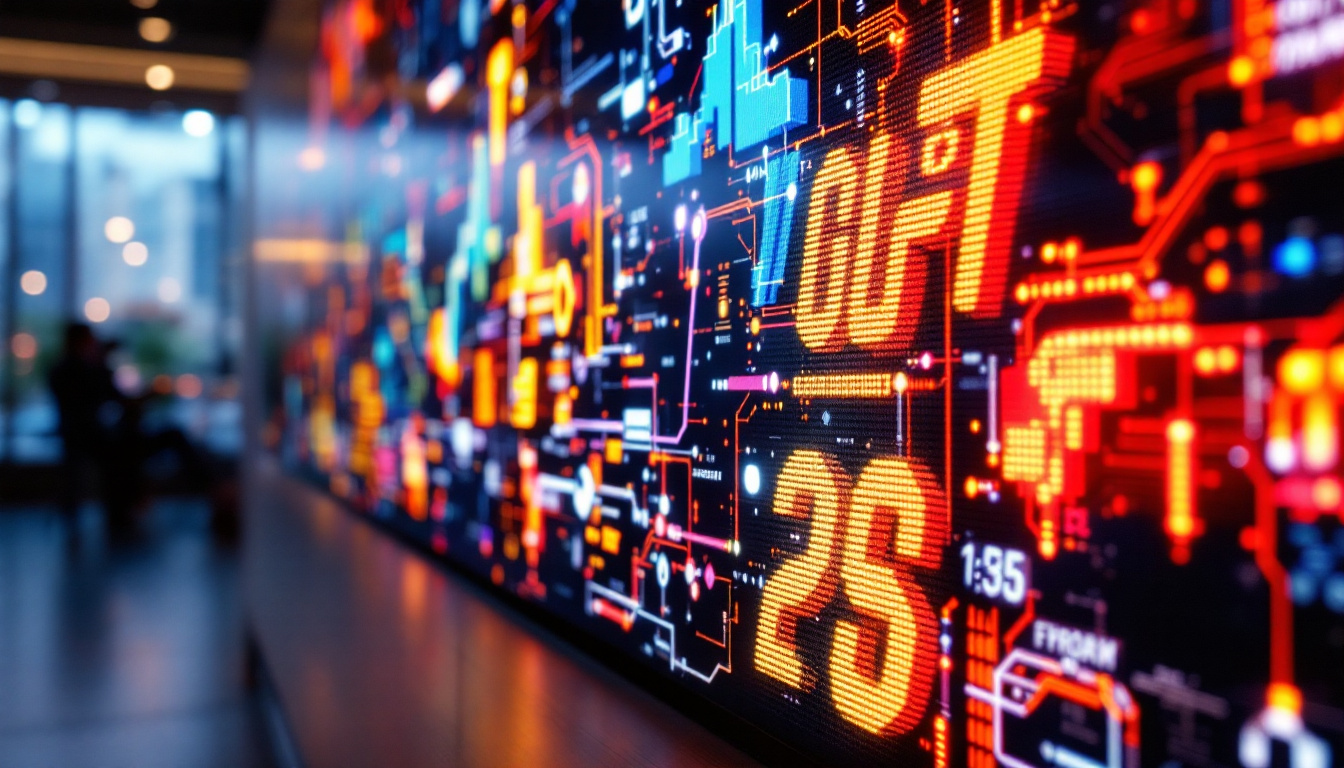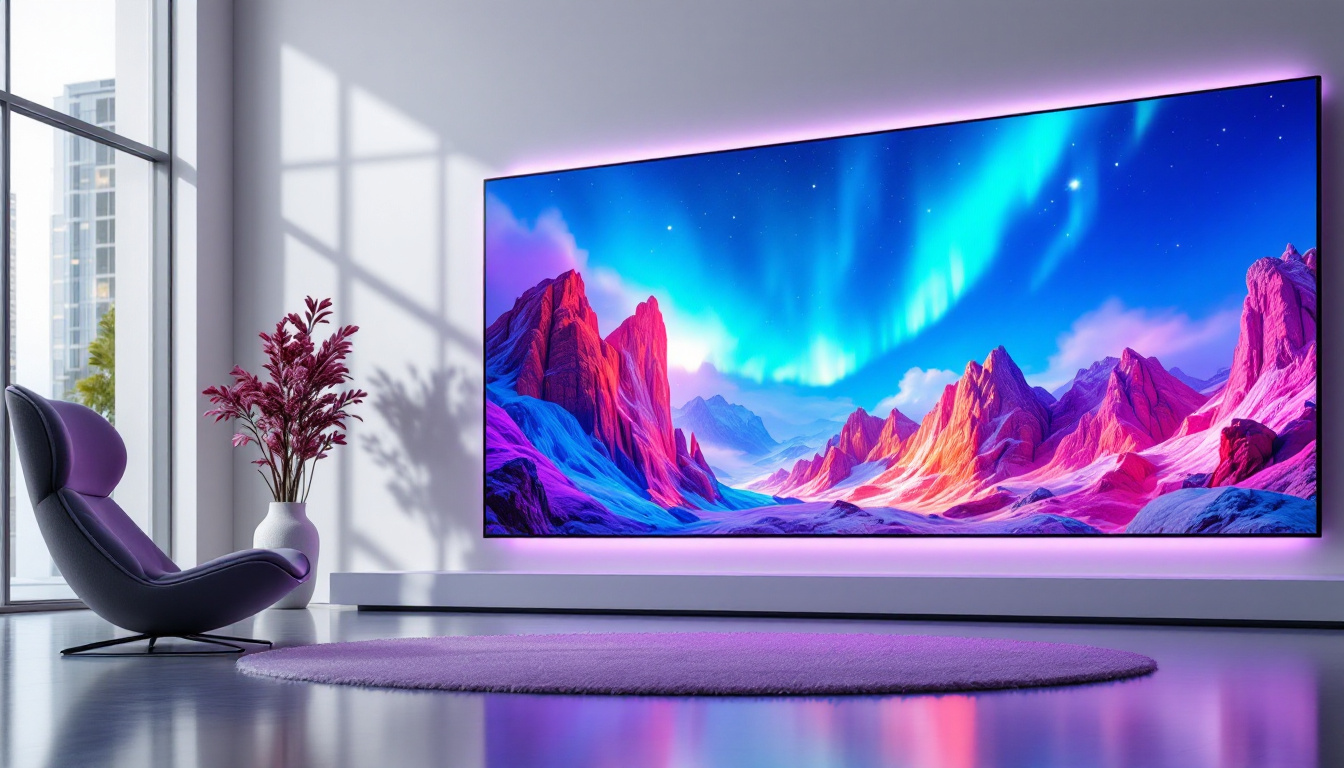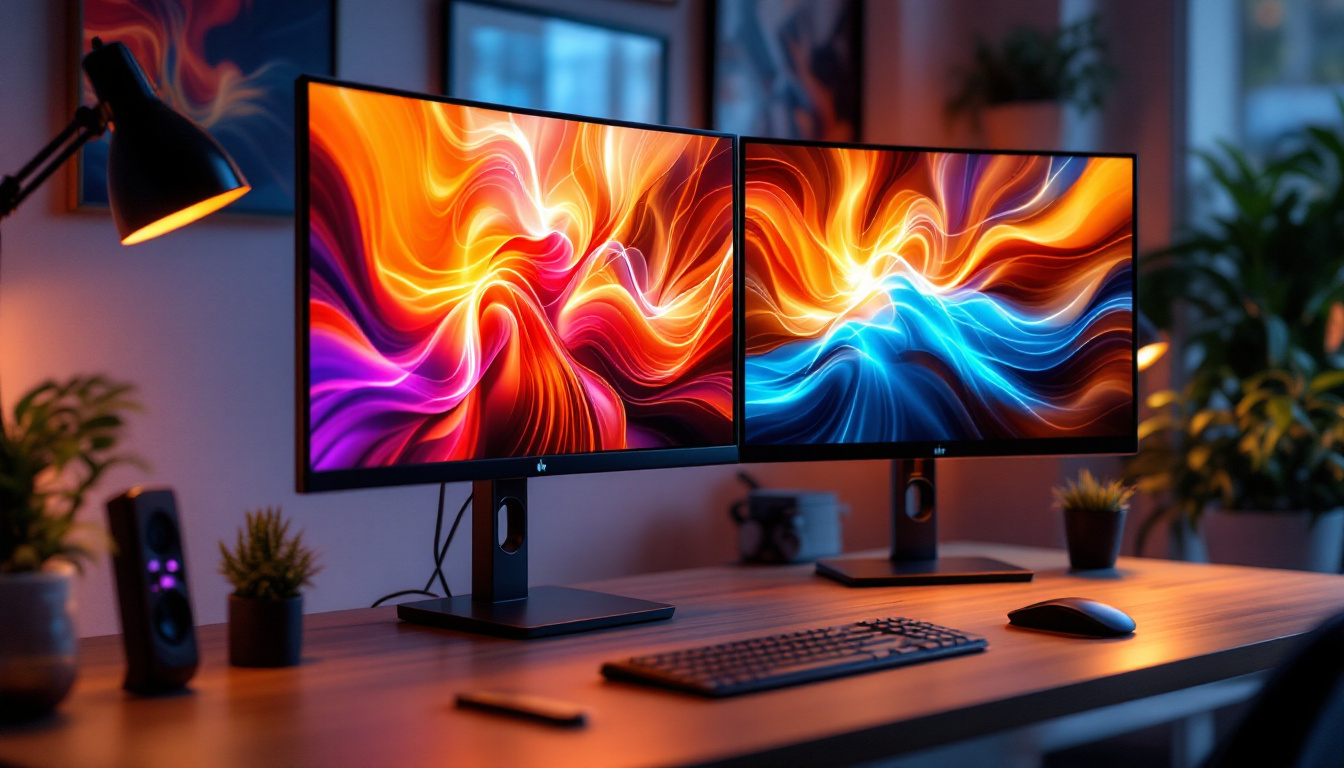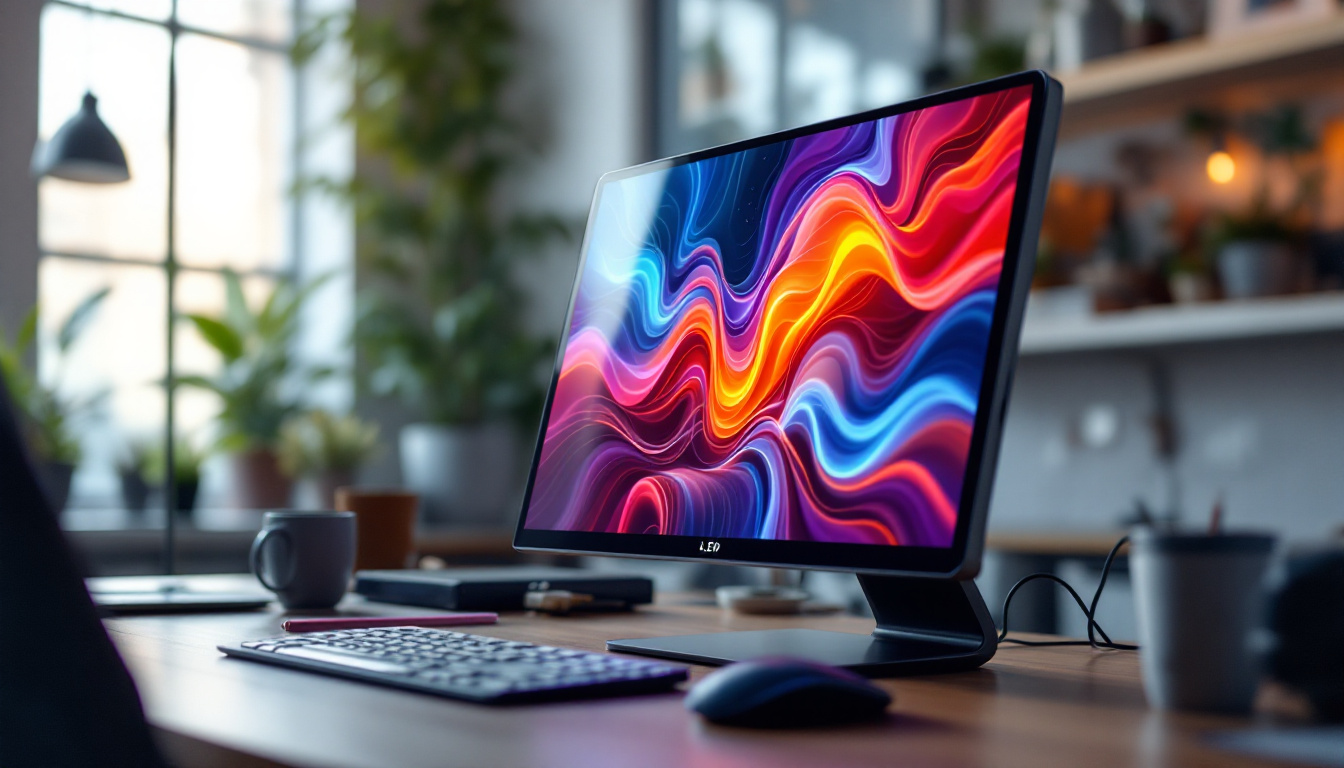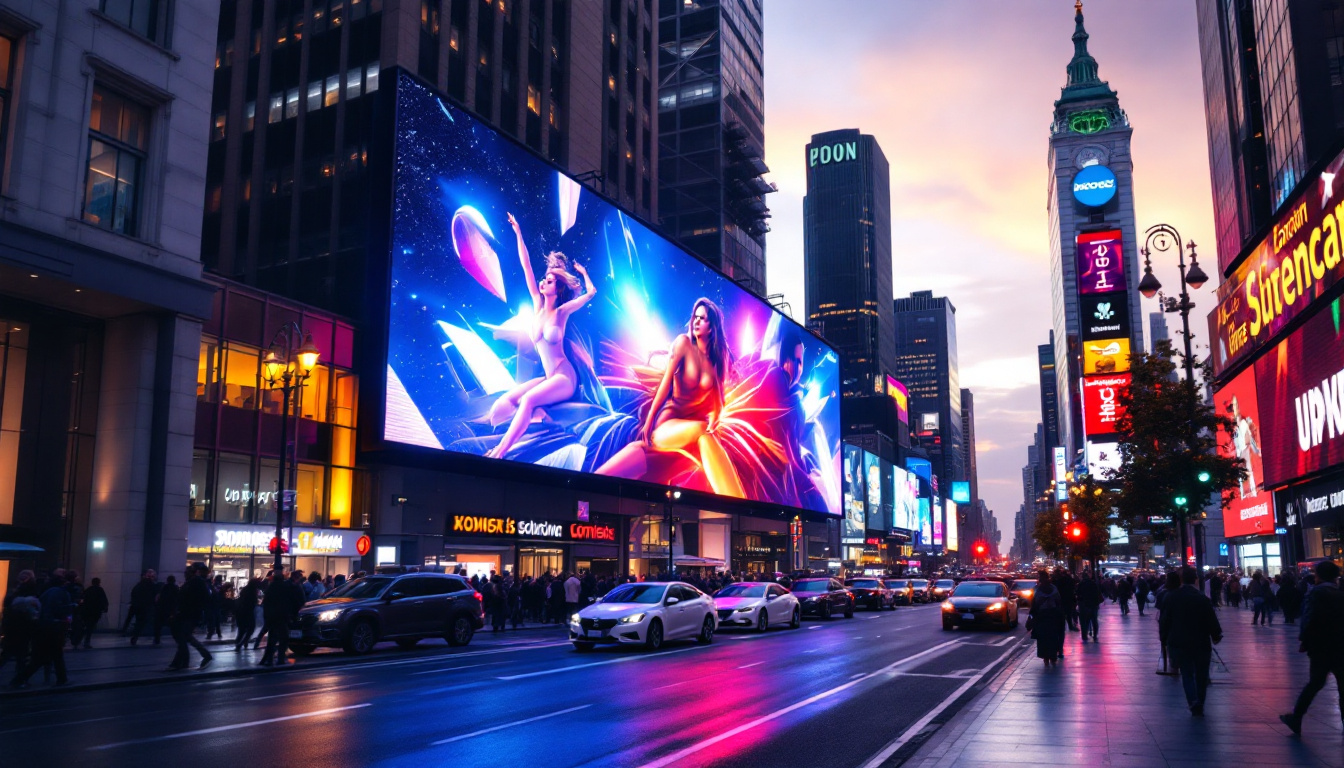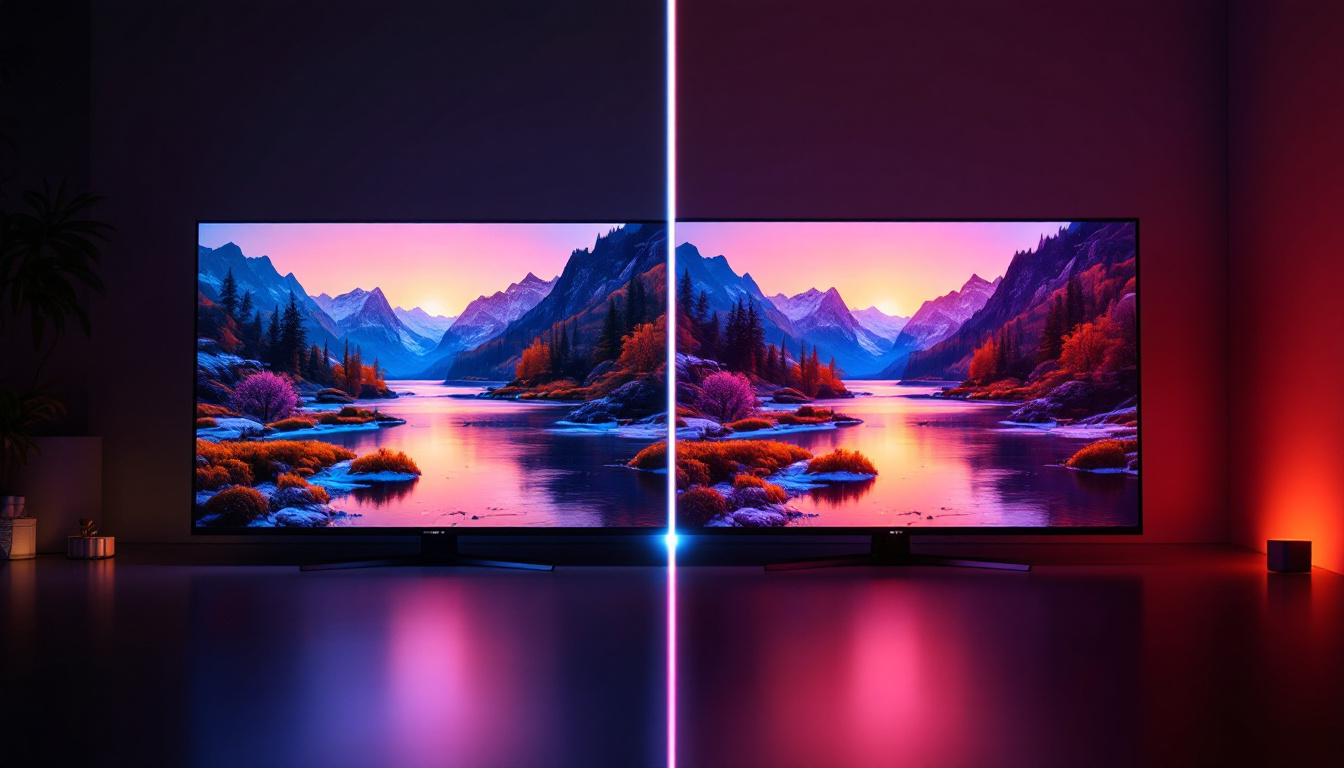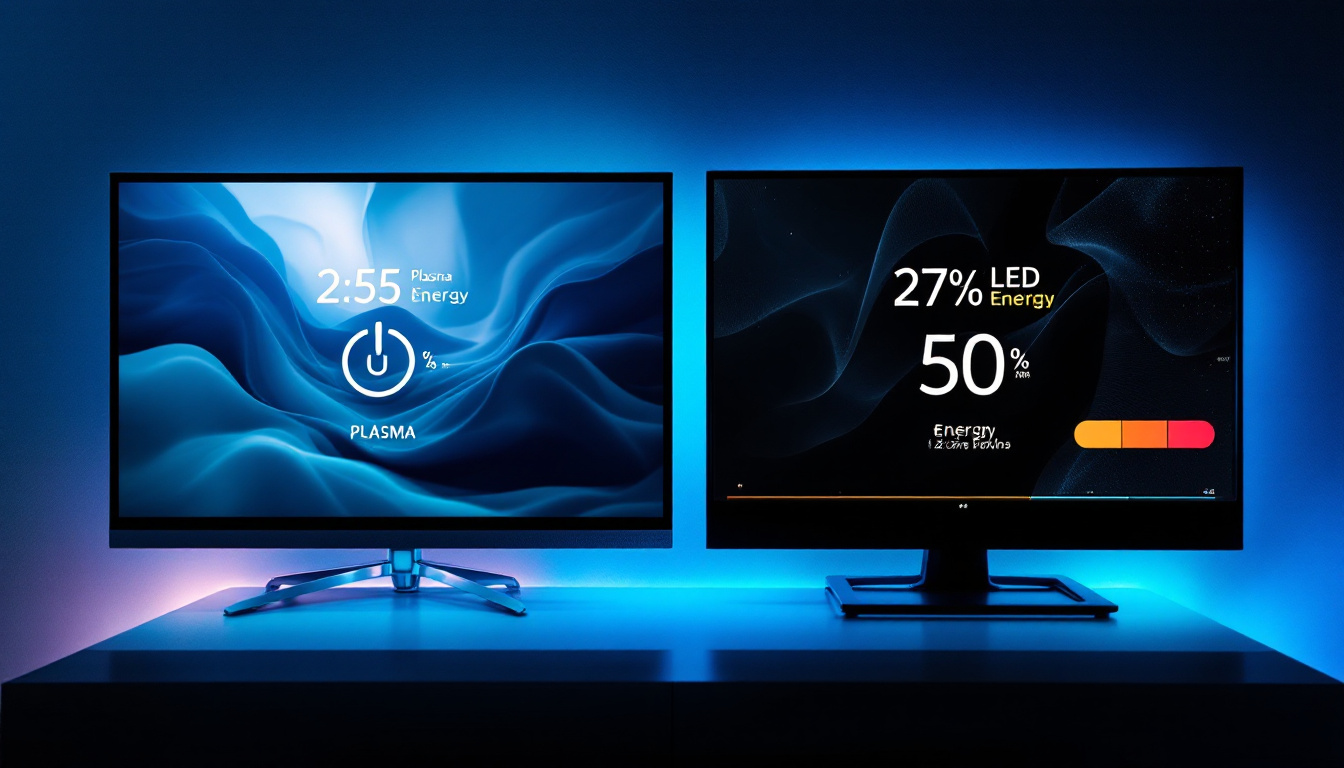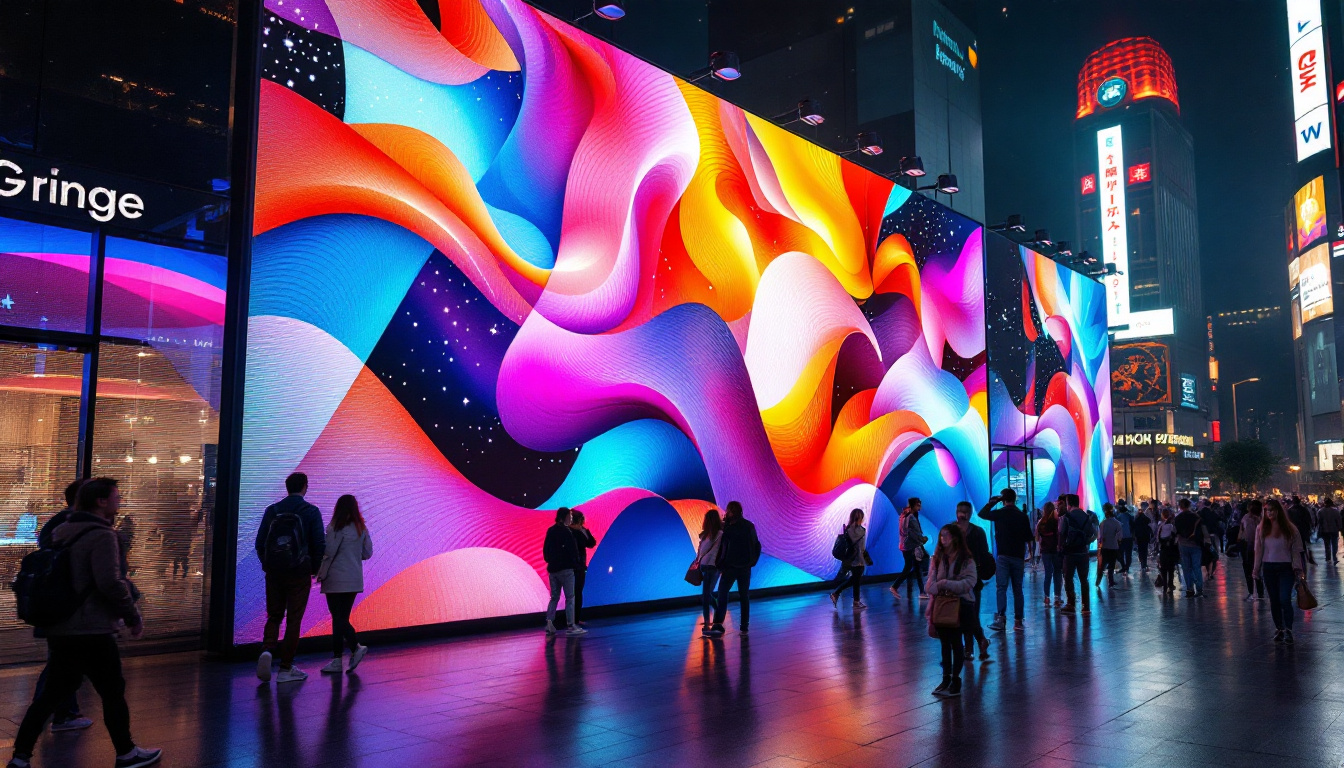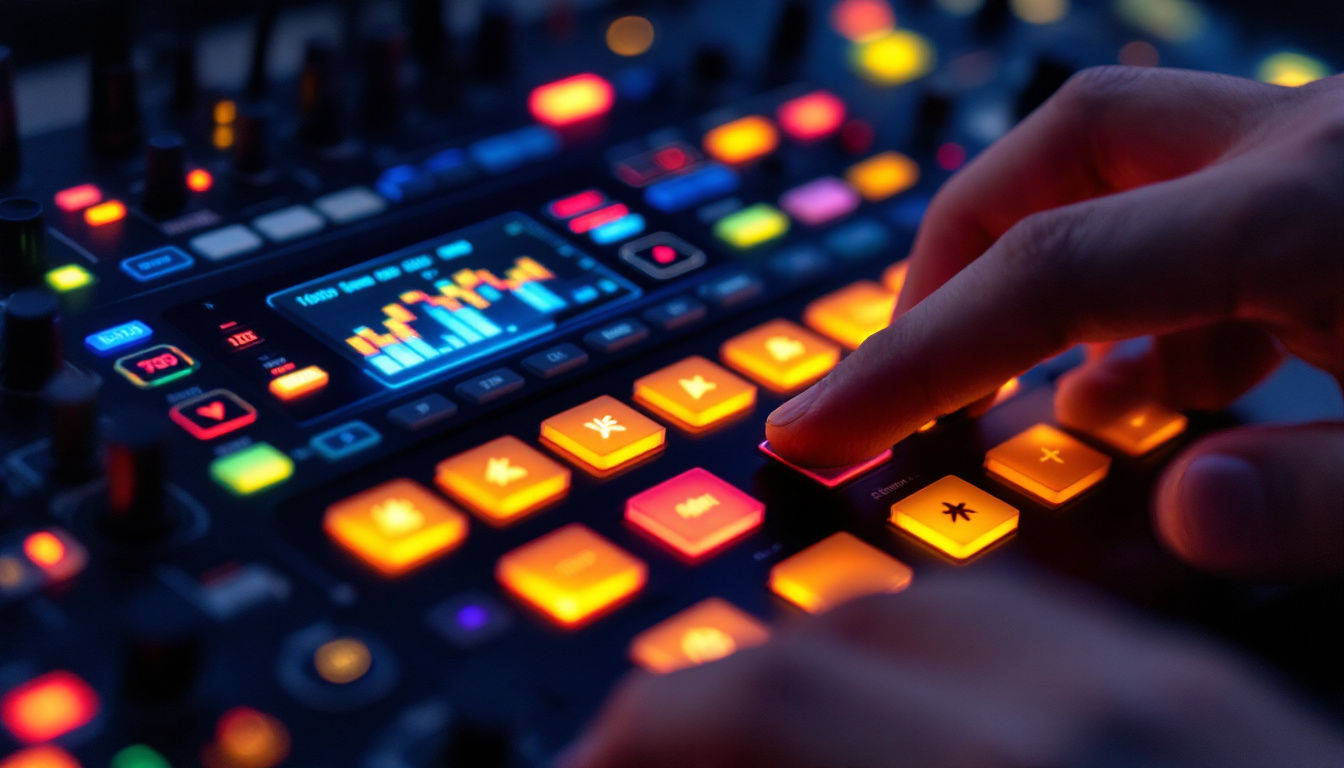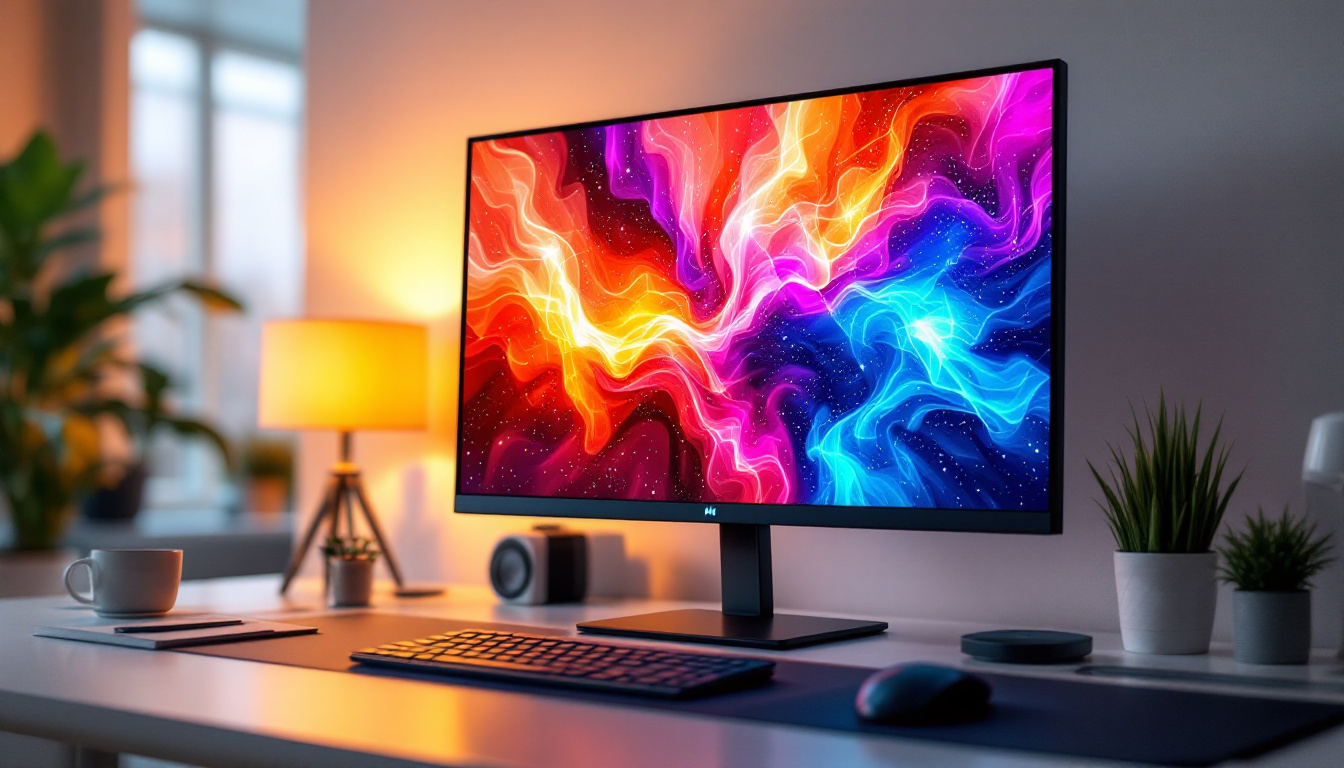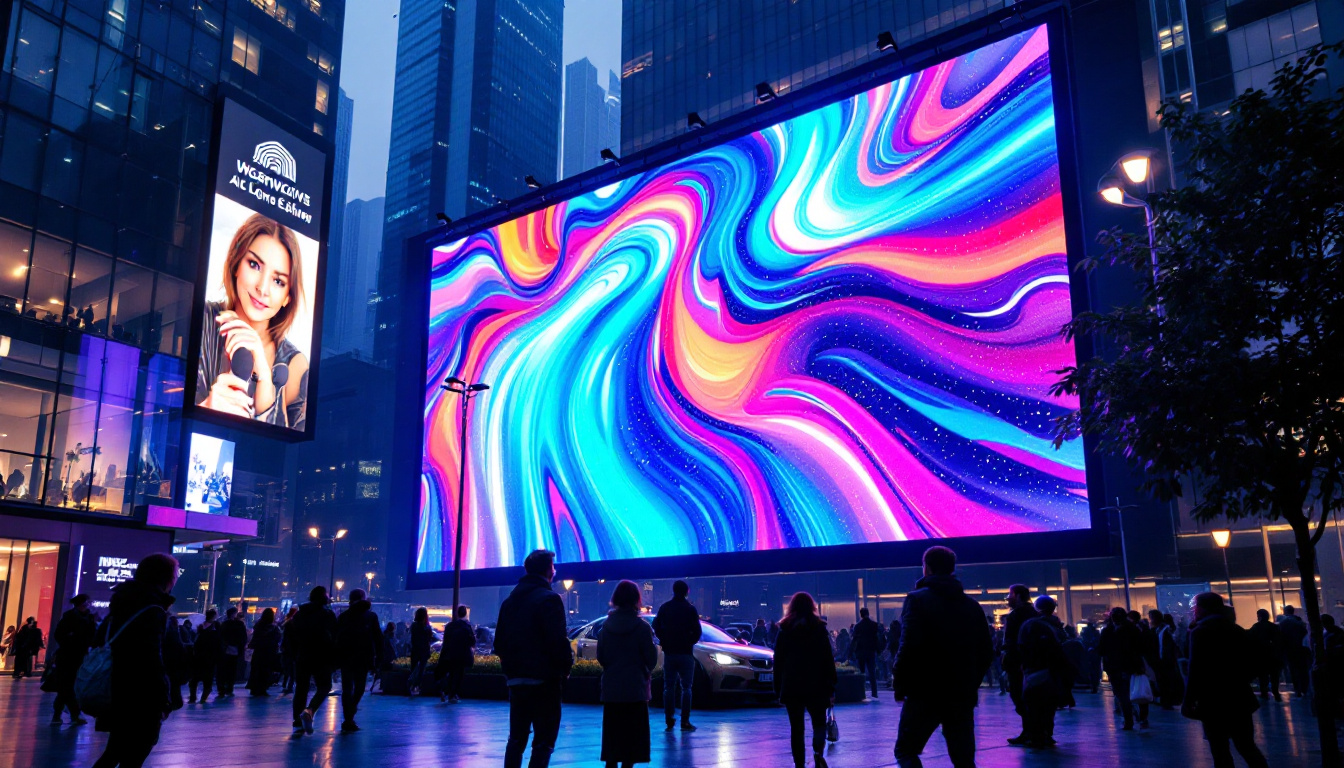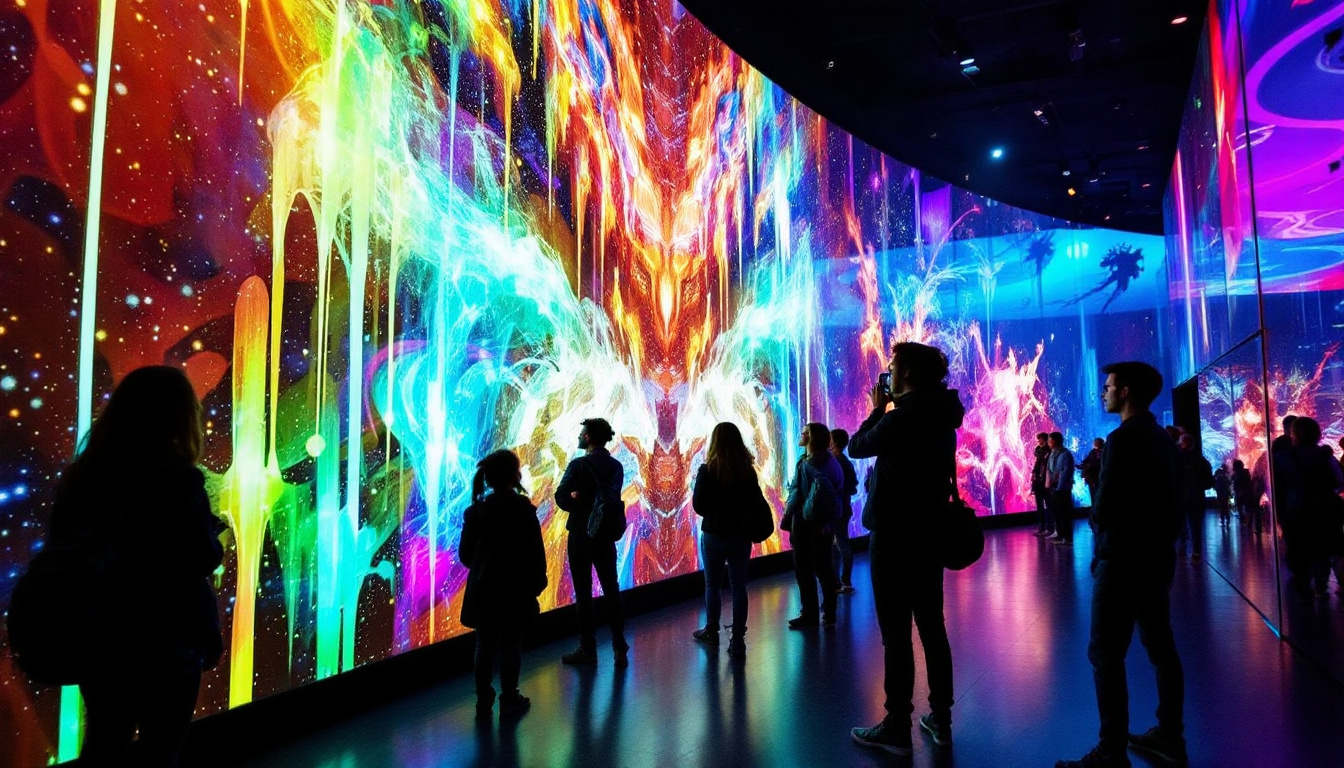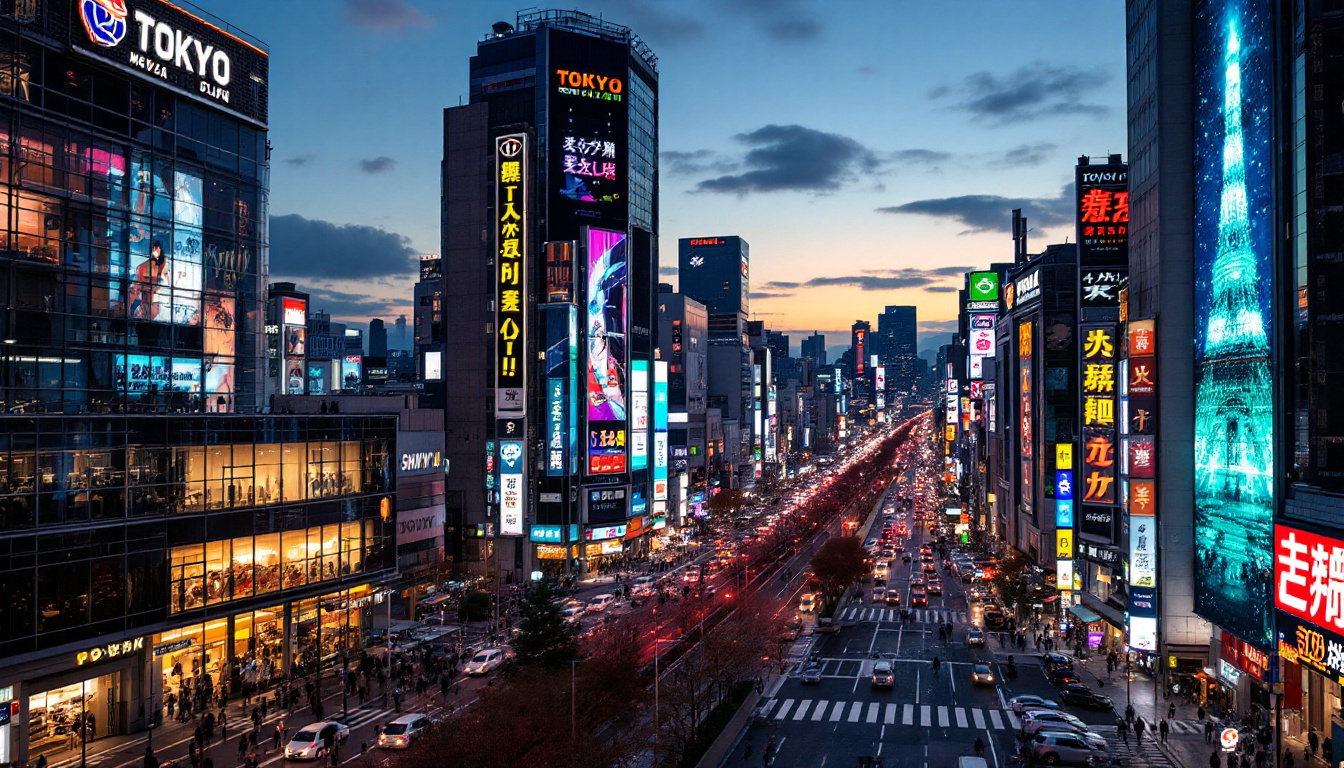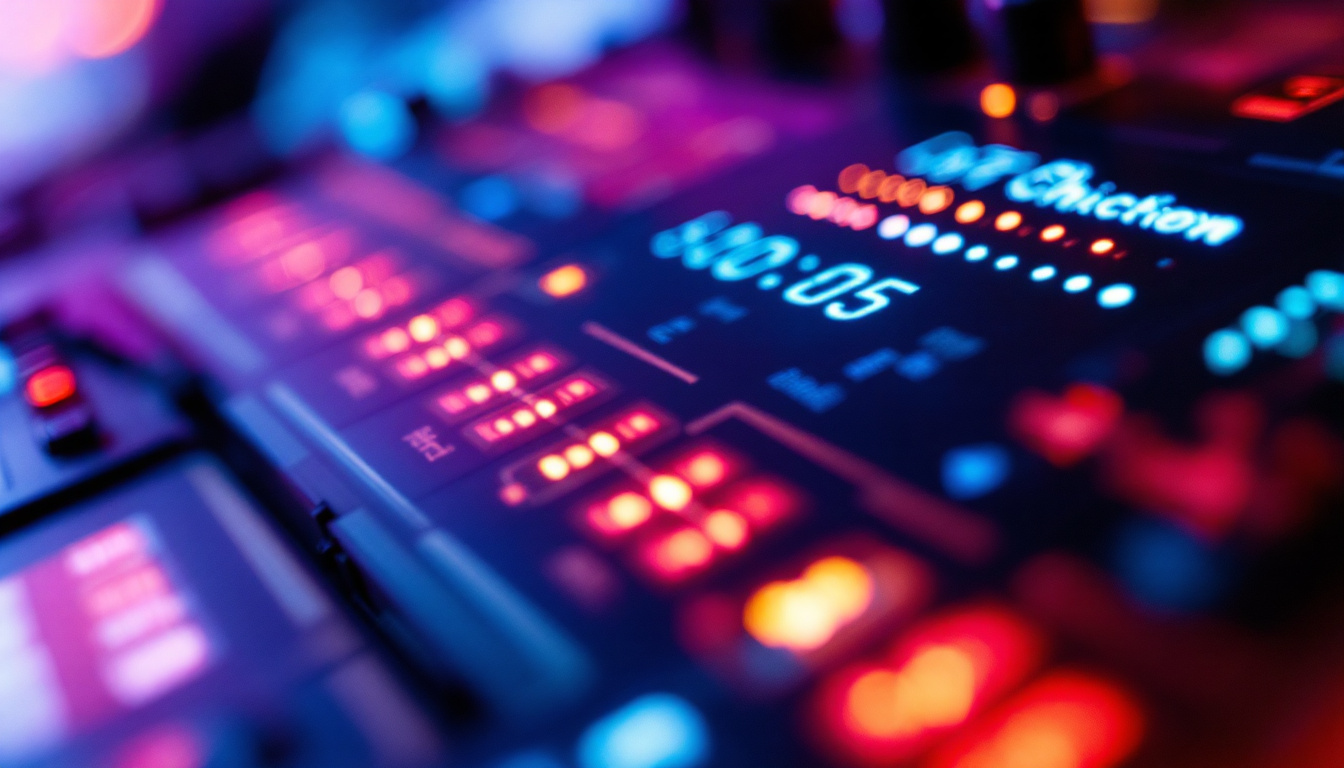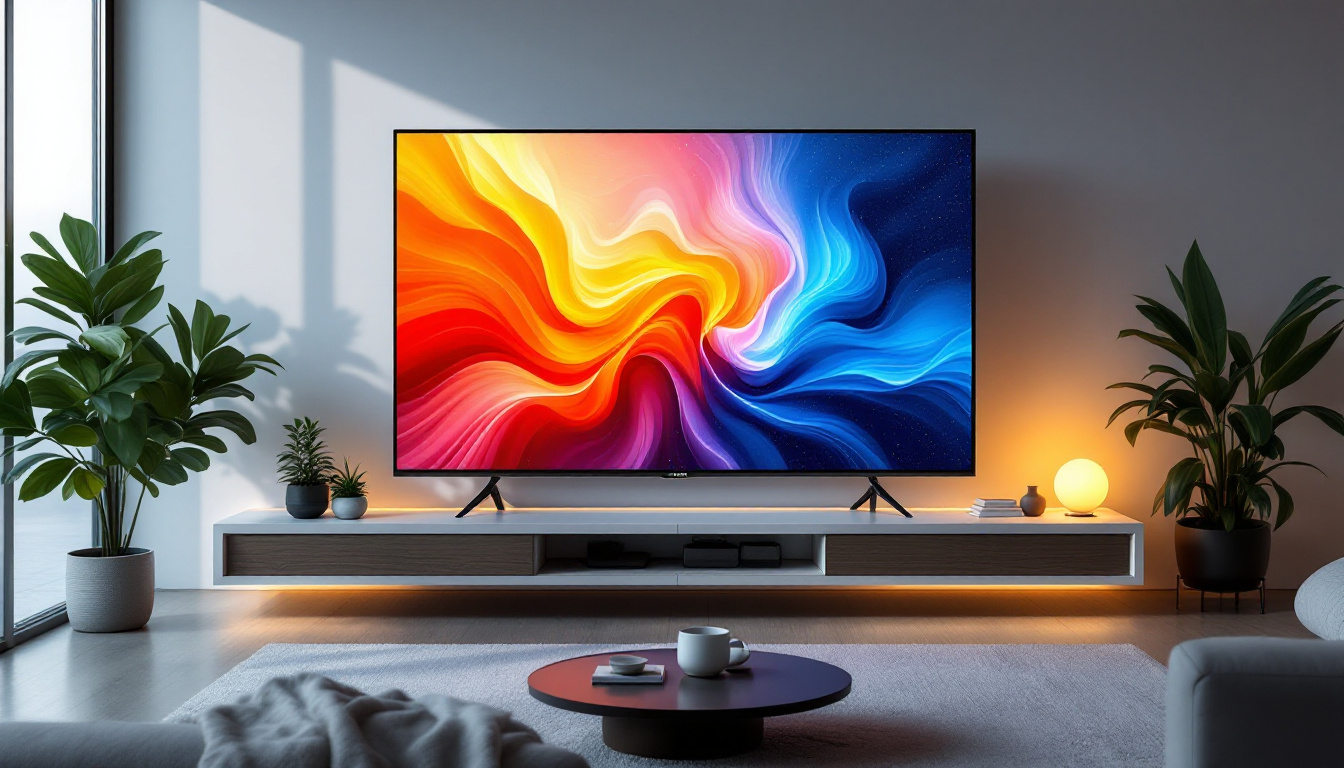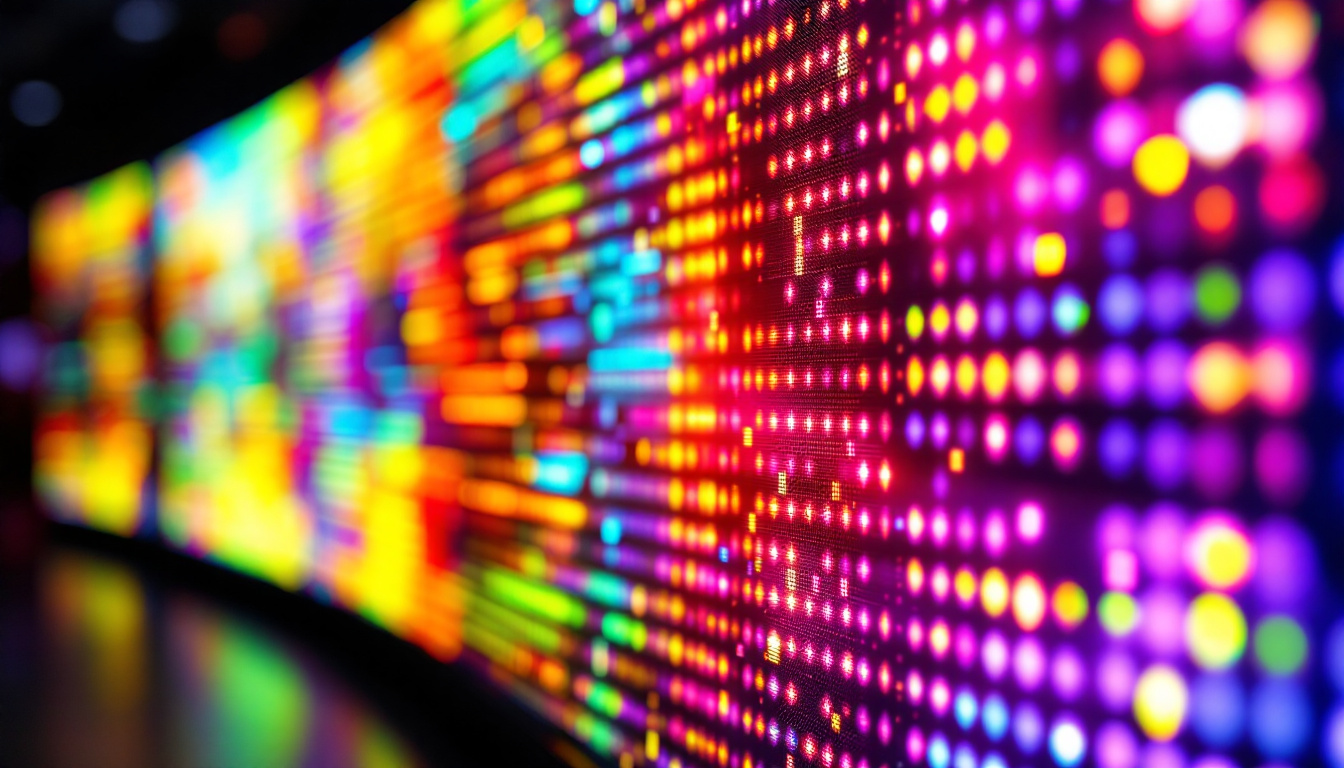In the rapidly evolving world of digital art, display technology plays a pivotal role in how artwork is experienced and appreciated. Among the various display technologies available today, LED displays have emerged as a dominant medium for showcasing digital art, offering vibrant colors, high brightness, and flexible form factors. This article delves into the fundamentals of LED displays, their advantages, applications in digital art, and considerations for artists and curators looking to leverage this technology.
Understanding LED Display Technology
LED, or Light Emitting Diode, displays are a type of flat panel display that use an array of light-emitting diodes as pixels to produce images. Unlike traditional LCD screens that rely on backlighting, LED displays emit their own light, resulting in superior contrast and color accuracy. This self-emitting property not only enhances the visual experience but also allows for thinner and lighter designs, making LED displays a popular choice for both commercial and residential applications.
LED displays come in various configurations, including direct-view LED panels, which are commonly used in large-scale installations, and LED-backlit LCDs, which are prevalent in consumer electronics. For digital art purposes, direct-view LED displays are particularly significant because they offer unparalleled brightness and scalability. This scalability is crucial for artists and designers who wish to create immersive environments or large installations that captivate audiences with vivid imagery and dynamic content.
How LED Displays Work
Each pixel in an LED display consists of tiny LEDs that emit red, green, and blue light. By adjusting the intensity of these LEDs, the display can produce a wide spectrum of colors. The combination of these three primary colors at varying intensities allows LED displays to achieve millions of color variations, making them ideal for rendering detailed and vibrant digital artworks. This capability is particularly beneficial in fields such as advertising, where striking visuals can significantly impact viewer engagement and brand recognition.
Modern LED displays use surface-mount technology (SMT) to place LEDs in precise arrangements, enhancing resolution and image clarity. Additionally, advancements in micro-LED technology promise even higher pixel densities, potentially revolutionizing digital art displays in the near future. Micro-LEDs, which are smaller than traditional LEDs, enable finer detail and improved energy efficiency. This means that artists can create works that not only look stunning but are also more sustainable, as these displays consume less power while delivering exceptional performance. Furthermore, the flexibility of micro-LED technology allows for innovative display shapes and sizes, paving the way for new artistic expressions and interactive installations that engage audiences in novel ways.
Advantages of LED Displays for Digital Art
LED displays offer several benefits that make them particularly suitable for digital art installations and exhibitions. These advantages extend beyond mere image quality, influencing how artists create and how audiences engage with digital works.
Vivid Color and High Brightness
One of the most significant advantages of LED displays is their ability to produce vivid, saturated colors with exceptional brightness levels. This capability allows artworks to stand out even in brightly lit environments, such as galleries with natural light or outdoor installations.
According to recent studies, LED displays can achieve brightness levels exceeding 1,000 nits, far surpassing traditional LCDs. This high luminance ensures that colors remain vibrant and details are visible from a distance, enhancing the viewer’s experience.
Scalability and Flexibility
LED displays are highly scalable, ranging from small panels suitable for desktop use to massive walls that span entire building facades. This flexibility enables artists and curators to tailor the display size to the intended space and audience size.
Moreover, LED panels can be configured into various shapes, including curved or irregular forms, allowing for innovative and immersive art installations. This adaptability supports creative expression beyond the constraints of traditional rectangular screens.
Durability and Longevity
LED displays are known for their durability and long operational life. High-quality LED panels can operate continuously for tens of thousands of hours with minimal degradation in brightness or color accuracy. This reliability is crucial for public art installations and exhibitions that require consistent performance over extended periods.
Applications of LED Displays in Digital Art
The versatility of LED display technology has led to its widespread adoption across various digital art applications, from gallery exhibitions to public art and interactive installations.
Gallery and Museum Exhibitions
Many contemporary art galleries and museums have integrated LED displays into their exhibition spaces to showcase digital artworks. The ability to present high-resolution, vibrant images enhances the visual impact of digital pieces, allowing artists to convey their messages more effectively.
For example, the Museum of Modern Art (MoMA) in New York has incorporated LED screens into its digital art exhibitions, enabling dynamic presentations that change over time or respond to viewer interaction. This interactivity enriches the audience’s engagement with the artwork.
Public Art and Urban Installations
LED displays have become a popular medium for public art due to their visibility and adaptability. Large-scale LED installations on building exteriors or in urban plazas transform public spaces into vibrant canvases, often incorporating motion graphics and real-time data.
One notable example is the LED facade of the Allianz Arena in Munich, which uses millions of LEDs to create dynamic light shows. Similarly, cities like Tokyo and New York utilize LED billboards and displays to feature digital art that interacts with the urban environment and its inhabitants.
Interactive and Immersive Experiences
Advancements in LED technology have facilitated the creation of interactive digital art experiences. By integrating sensors and software, LED displays can respond to audience movements, sounds, or other inputs, creating immersive environments that blur the line between viewer and artwork.
Installations such as teamLab’s digital art exhibitions use LED walls combined with motion tracking to create spaces where visitors become part of the artwork. This interactivity fosters deeper emotional connections and memorable experiences.
Key Considerations for Artists and Curators
While LED displays offer numerous benefits, there are important factors to consider when incorporating them into digital art projects. Understanding these considerations helps ensure that the technology enhances rather than detracts from the artistic vision.
Resolution and Pixel Pitch
Resolution and pixel pitch—the distance between individual LEDs—are critical parameters that affect image clarity. For close-up viewing, such as in galleries, a fine pixel pitch (e.g., 1.5mm to 2.5mm) is essential to avoid visible pixelation. Conversely, larger pixel pitches are acceptable for distant viewing, such as outdoor billboards.
Artists should collaborate with display manufacturers or technicians to select the appropriate pixel pitch based on the installation environment and viewing distance.
Color Calibration and Consistency
Maintaining accurate color reproduction is vital for digital art. LED displays require regular calibration to ensure colors remain true to the artist’s intent. Factors such as ambient lighting and panel aging can affect color consistency over time.
Professional calibration tools and software can help maintain color fidelity, and some LED displays come with built-in calibration features to automate this process.
Power Consumption and Heat Management
High-brightness LED displays can consume significant power and generate heat, which must be managed to prevent damage and ensure safety. Proper ventilation and cooling systems are essential, especially for large or enclosed installations.
Energy efficiency is also a consideration for sustainable art practices. Advances in LED technology continue to improve power consumption rates, making digital art displays more environmentally friendly.
Cost and Maintenance
LED displays can represent a substantial investment, particularly for high-resolution, large-scale installations. Budgeting should account not only for the initial purchase but also for installation, calibration, and ongoing maintenance.
Despite the upfront costs, the longevity and visual impact of LED displays often justify the investment, especially for institutions and artists aiming for long-term exhibitions.
The Future of LED Displays in Digital Art
Emerging trends in LED technology promise to expand the possibilities for digital art displays even further. Innovations such as micro-LEDs, flexible LED panels, and integration with augmented reality (AR) are set to redefine how digital art is created and experienced.
Micro-LED Technology
Micro-LEDs consist of microscopic LEDs that enable ultra-high resolution and brightness with lower power consumption. This technology allows for thinner, lighter displays that can be integrated into a variety of surfaces, including wearable devices and transparent screens.
For digital artists, micro-LEDs open new avenues for creating intricate, detailed works that maintain vibrancy across diverse viewing conditions.
Flexible and Transparent LED Displays
Flexible LED panels can be bent or curved without compromising image quality, facilitating innovative installation designs. Transparent LED displays, which allow light to pass through, enable artworks to be displayed on windows or glass surfaces without obstructing views.
These advancements encourage experimentation with form and context, enabling digital art to merge seamlessly with architectural elements.
Integration with Augmented Reality
Combining LED displays with AR technology can create hybrid experiences where physical digital art interacts with virtual elements. This fusion enhances storytelling and audience engagement, offering multi-layered narratives and immersive environments.
As AR devices become more accessible, the collaboration between LED displays and AR is likely to become a standard in digital art exhibitions.
Conclusion
LED display technology has transformed the landscape of digital art, providing artists and curators with powerful tools to present vibrant, scalable, and interactive works. Understanding the technical aspects and practical considerations of LED displays is essential for maximizing their potential in artistic contexts.
As technology continues to advance, the fusion of LED displays with emerging innovations promises to push the boundaries of digital art, creating new opportunities for creativity and audience engagement. Whether in galleries, public spaces, or immersive environments, LED displays are set to remain at the forefront of digital art presentation for years to come.
Explore the Future of Digital Art with LumenMatrix
Ready to elevate your digital art displays to new heights? Discover the innovative world of LumenMatrix, where cutting-edge LED display technology meets creative vision. With a wide array of solutions including Indoor and Outdoor LED Wall Displays, Vehicle LED Displays, LED Poster Displays, and more, LumenMatrix is at the forefront of revolutionizing visual communication. Whether you’re looking to captivate audiences, enhance brand visibility, or create immersive experiences, LumenMatrix has the tools to bring your digital art to life. Check out LumenMatrix LED Display Solutions and join the visual revolution today.

